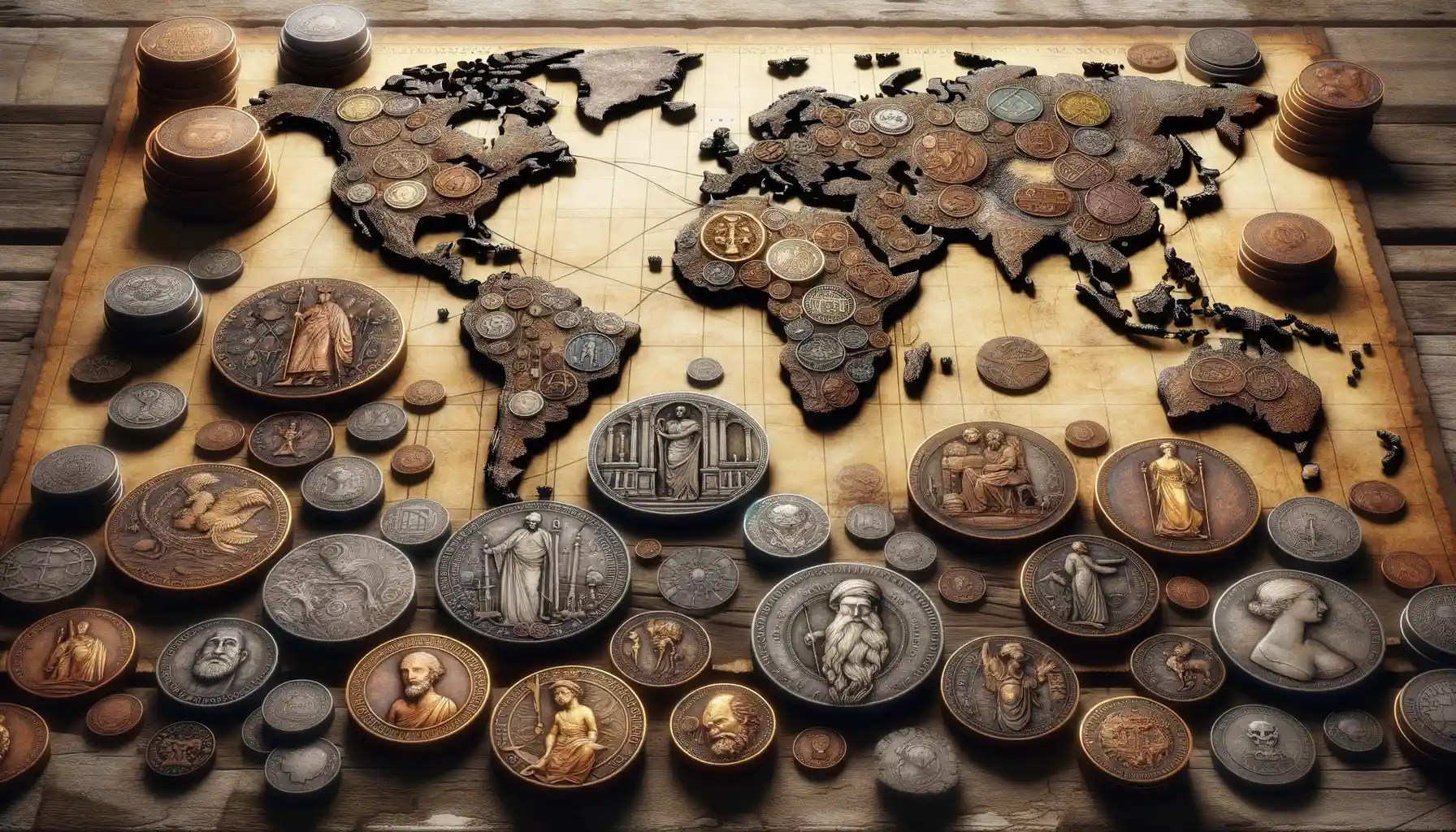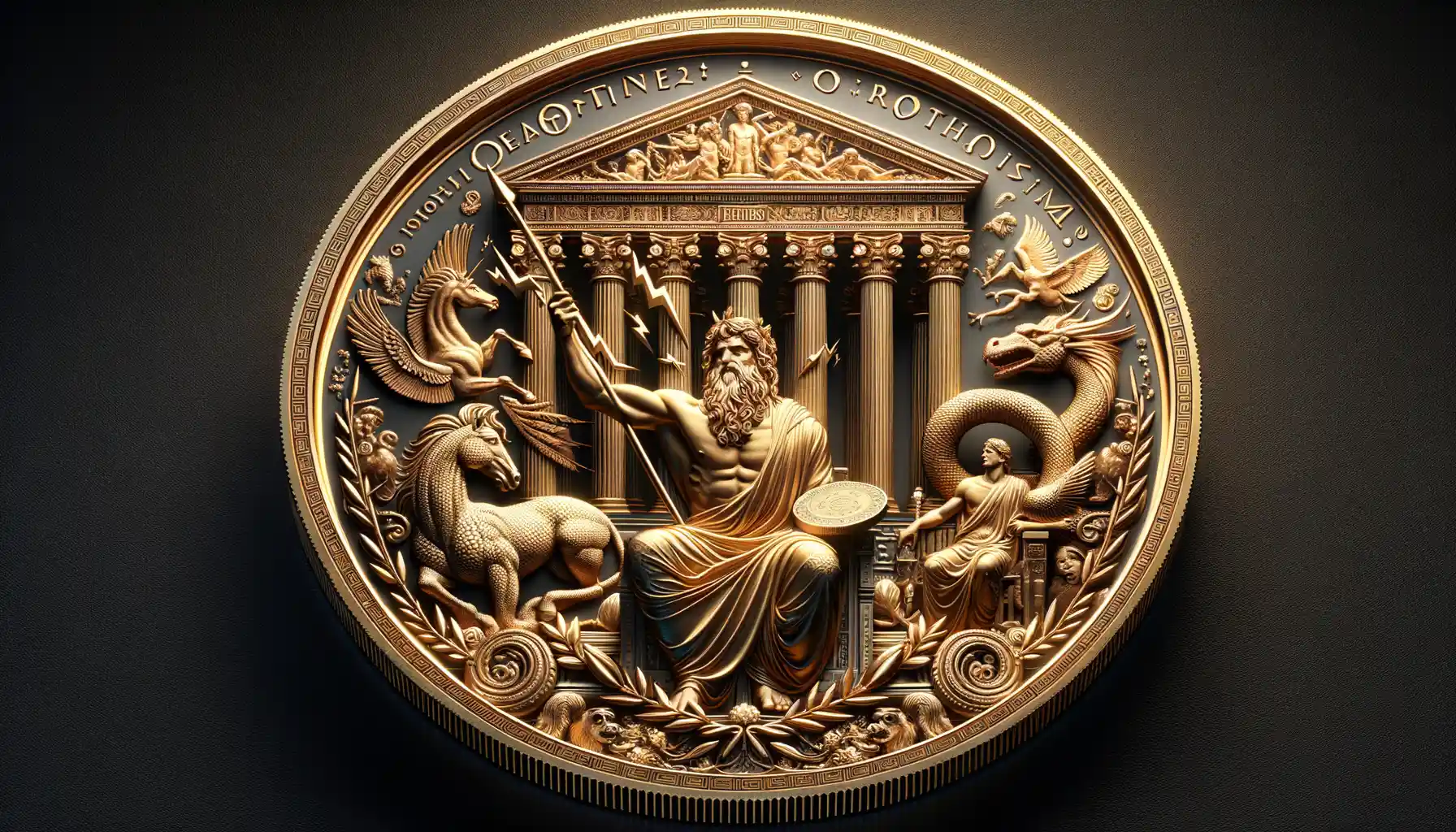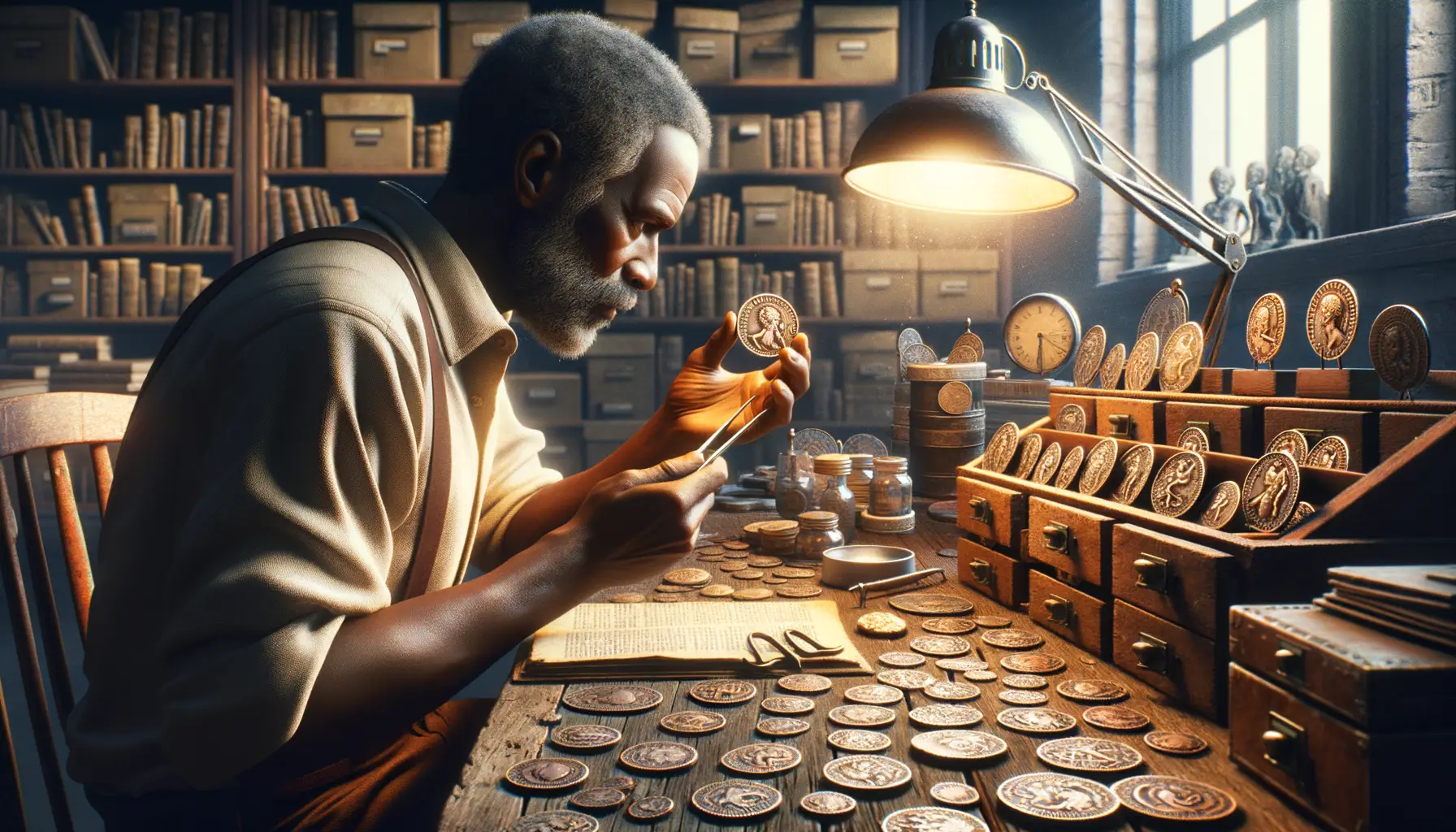The Historical Significance of Coins in Ancient Civilizations
Coins as Windows to Ancient Worlds
Imagine holding a coin that once jingled in the pocket of a Roman merchant or rested on an altar in ancient Greece. These small, unassuming discs of metal aren’t just currency—they are compact time capsules brimming with stories. In the hands of historians, they speak of trade routes, power dynamics, and even societal values from thousands of years ago.
Take ancient Lydia, for instance, the birthplace of the first known coins. Crafted from electrum, a natural gold-silver alloy, these early coins signified the dawn of standardized trade. Fast forward to the Greek city-states, where coins weren’t just practical; they were symbolic. Each city stamped its coins with emblems—like the owl of Athena in Athens—declaring its identity and belief systems loud and clear.
- Roman denarii, etched with the profiles of emperors, acted as both propaganda and artistic mastery.
- Meanwhile, Chinese spade-shaped coins highlighted their agricultural roots and evolving commerce systems.
These coins weren’t mere tools—they were icons of civilizations, whispering secrets of mythology, governance, and ambition into our modern ears.
Symbolism and Iconography of Mythological Figures on Coins
![]()
Mythological Tales Woven Into Metal
Coins were more than currency in the ancient world—they were miniature canvases, etched with the power of stories. Imagine holding a piece of silver and seeing the thunder-wielding Zeus, his beard curling like storm clouds, commanding the heavens right there in your palm. These designs weren’t just pretty pictures; they struck deep into the heart of identity and belief, whispering myths to every hand they passed through.
Take for instance, the coins of ancient Ephesus. These gleaming artifacts often depicted the fierce yet nurturing goddess Artemis, her quiver filled with arrows, signifying both protection and untamed wilderness. Or the Athenian drachma, where Athena, shrouded in wisdom, watched over the city-state as fiercely as she did its coinage.
- The owl—symbol of Athena’s wisdom—graced countless coins, reminding citizens that intelligence was their true wealth.
- The Gorgon’s face, etched onto shields and coins, hinted at mythical protection, turning enemies to stone—if only in their dreams.
These symbols weren’t random. They whispered allegiance, legacy, and divine favor. Coins turned gods into guardians, carried in pockets and traded like sacred promises.
Coins as Tools for Cultural and Religious Propagation

Shaping Minds and Beliefs, One Coin at a Time
Imagine holding in your hand a piece of ancient propaganda—a sparkling coin that once traveled across bustling marketplaces, whispered through hands in crowded temples, or rested in the pockets of traders journeying far and wide. Coins were far more than mere currency; they were storytellers, carriers of cultural identity, and tools for spreading ideologies.
Ancient rulers knew this power well. By minting coins adorned with symbols of their favored deities, they connected their reign to divine favor. Think of Alexander the Great’s coins, stamped with the image of Heracles—not just a mythological hero, but a direct link to his own claim of godly descent. Such imagery wasn’t merely decorative; it was a statement, a branding effort to solidify authority.
For religions, too, coins became messengers. Early Christian symbols, such as the Chi-Rho, would subtly grace Roman coins, signaling the quiet rise of a new belief system. Similarly, Buddhist civilizations used coins to spread their teachings, inscribing them with serene images of the Buddha or sacred flora like the Bodhi tree.
- They crossed borders, introducing deities to those who might never visit foreign lands.
- They reinforced shared beliefs in communities, blending myth, culture, and faith.
A coin wasn’t just spent—it was read, admired, and, sometimes, believed in.
The Influence of Ancient Myths on Coin Design

Myths Brought to Life Through Ancient Coin Art
Every coin tells a story, but ancient coins? They whisper timeless legends into your palm. Imagine, for a moment, holding a weathered piece of metal engraved with the fierce image of Medusa, her serpent hair writhing in frozen chaos. These designs weren’t just decorative—they were deliberate, symbolic, and steeped in the myths that shaped entire civilizations.
Take, for example, the coins of ancient Greece. You’d often find the owl of Athena, not just a nod to the goddess of wisdom, but a talisman of protection and knowledge. Or consider the Romans, who used coins as miniature canvases to engrave magnificent tales like the twelve labors of Hercules. These weren’t mere images; these were mythological banners, advertising the divine favor of rulers or the moral lessons that bound their people together.
- The winged horse Pegasus, soaring on Corinthian drachms, symbolized both freedom and divine inspiration.
- Apollo’s radiant profile on Delphic coins reminded citizens of enlightenment and harmony.
These intricate designs turned coins into more than currency—they became portable pieces of mythology. Who wouldn’t feel inspired, even awestruck, imagining the gods themselves walking among mortals?
Collecting and Interpreting Ancient Mythological Coins

Unveiling the Stories Hidden in Ancient Coins
Collecting ancient mythological coins isn’t just a hobby—it’s a journey into the hearts of lost civilizations. Each coin feels like a whisper from the past, sharing secrets that time could not erase. Imagine holding a silver drachma depicting Athena, her piercing gaze etched in metal, symbolizing wisdom and war strategy for the ancient Greeks. It’s like cradling a fragment of their beliefs, their fears, their dreams.
Interpreting these coins begins with the rich tapestry of their designs. Mythological figures weren’t chosen lightly; they echoed the values and power of the issuing authority. A Roman denarius featuring Jupiter wasn’t just currency—it was a declaration of divine legitimacy. To decode these symbols is to unlock their cultural DNA.
- Look beyond the main figure—note the animals, weapons, or celestial motifs tucked into corners.
- Study inscriptions: Names of rulers alongside gods often reveal political aspirations.
This kind of interpretation turns a simple coin collection into a treasure trove of ancient stories, where every piece offers a fresh clue to humanity’s long-lost myths. Enthralling, isn’t it?





